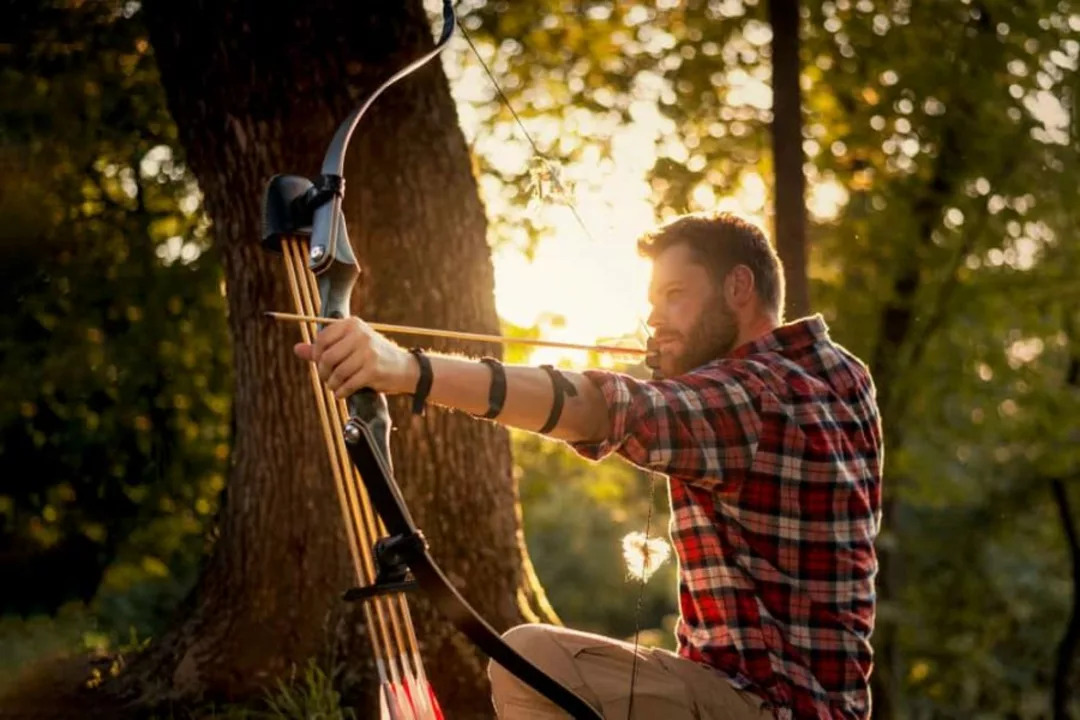Recurve Bow – Everything You Need to Know
When talking about recurve bow, a classic bow with curved limbs that store energy efficiently and release it in a smooth shot. Also known as classic recurve, it is the go‑to choice for Olympic archery and many traditional clubs. The same paragraph introduces compound bow, a modern bow that uses pulleys and cams to reduce draw weight and archery target, the scoring surface, often a circular colored mat or a 3‑D animal replica. In short, a recurve bow encompasses traditional technique, requires steady bow‑hand control, and directly influences the type of target you’ll use.
How a Recurve Bow Differs from a Compound Bow
If you’ve only seen one kind of bow, the differences can be surprising. A recurve bow relies on the archer’s own strength to hold the full draw, which means the limbs must be flexible enough to store kinetic energy. A compound bow, on the other hand, uses a system of cams that create a “let‑off” – you hold less weight at full draw, which can improve accuracy but also changes the feel of the shot. This design shift influences equipment choices: while a recurve bow pairs well with simple finger tabs and a basic stabilizer, a compound bow often calls for a release aid and a more complex sight. Understanding these distinctions helps you decide which bow matches your skill level and shooting goals.
Another key factor is the role of the bow hand. Vibration in the bow hand can throw off aim, especially with a recurve’s longer, more flexible limbs. Simple fixes like a proper brace, a light‑weight bow grip, or even a vibration‑dampening wrist wrap can make a big difference. Many archers report that a focused breathing routine before each shot reduces hand shake and steadies the draw. If you’re just starting, practicing with a lighter draw weight and gradually increasing it builds muscle memory while keeping vibration low.
Recurve bows also have a strong Olympic pedigree. The sport’s rules require a recurve with specific dimensions, a certain sight configuration, and a standardized target face – the 122‑cm “Olympic target” with ten concentric rings. Because of this, many clubs run beginner classes that teach the same fundamentals you’ll need for competition. Whether you’re joining a local club in Eccles or signing up for a class abroad, the core lessons stay the same: stance, grip, anchor point, and release. These basics are echoed across our collection of posts, from myth‑busting articles about archery bans to deep dives on equipment choices.
Below you’ll find a curated set of articles that cover everything from the history of the recurve bow to practical advice on reducing bow‑hand vibration, eye‑tracking tips for target shooting, and comparisons with compound setups. Each piece adds a piece to the puzzle, so you can build confidence, improve your form, and enjoy the sport whether you’re shooting indoors, at a field, or aiming for the Olympic stage. Dive in and see how the recurve bow fits into the larger archery world.
